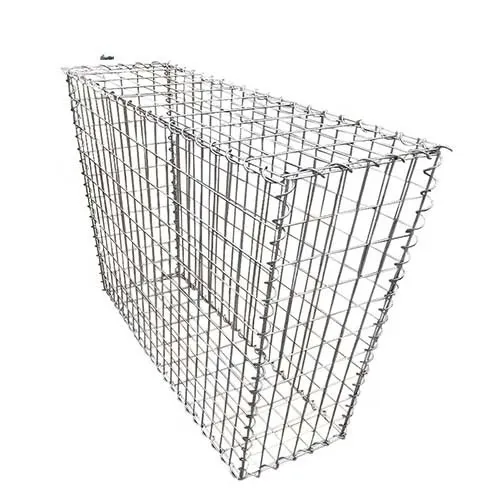-
 Phone:
Phone: -
 Email:
Email:

Exploring the Applications and Benefits of Hexagonal Mesh Wire in Modern Design and Construction
Exploring the Versatility of Hexagonal Mesh Wire
Hexagonal mesh wire, a versatile material known for its unique structural properties, has been gaining popularity across various industries. Its distinctive hexagonal pattern not only contributes to its strength but also enhances its aesthetic appeal. This article delves into the characteristics, applications, and benefits of hexagonal mesh wire, highlighting why it has become a go-to choice for engineers, architects, and designers.
Characteristics of Hexagonal Mesh Wire
Hexagonal mesh wire is typically made from metal, though it can also be manufactured from plastic or other synthetic materials. The geometry of the hexagonal patterns provides a robust framework, making it resilient against tensile forces. The openings in the mesh are often larger than those in square or rectangular mesh, allowing for better airflow, drainage, and visibility, which are particularly advantageous in numerous applications.
One of the key attributes of hexagonal mesh wire is its lightweight nature coupled with high tensile strength. This makes it an excellent material for construction and reinforcing purposes. Additionally, its resistance to corrosion, especially when coated or made from stainless steel, enhances its durability in various environmental conditions.
Applications of Hexagonal Mesh Wire
The uses of hexagonal mesh wire are extensive and diverse. In the building industry, it serves as a key component in fencing systems, providing security without obstructing visibility. It's frequently employed in garden and landscape design to create protective barriers around plant beds or to prevent animals from damaging vegetation.
Hexagonal mesh wire also finds application in industrial settings, particularly in manufacturing and construction. It is used in scaffolding and shoring systems, providing essential support for structures under construction. Similarly, it is utilized in the mining industry for rock stabilization, where it can act as a protective layer to prevent loose materials from falling.
hexagonal mesh wire

In addition to these industrial applications, hexagonal mesh wire has a presence in the agricultural sector
. Farmers utilize it for building chicken coops and other animal enclosures, as it allows for adequate ventilation while preventing escape. In aquaculture, it assists in building fish pens, ensuring that aquatic animals are secured within designated areas while facilitating water flow.Benefits of Hexagonal Mesh Wire
The benefits of hexagonal mesh wire extend beyond its practical applications. Its aesthetic appeal allows it to be used in architectural designs where visual transparency is desired. For instance, it is often used in building facades or decorative screens, helping to create modern and contemporary spaces.
Moreover, the material is cost-effective; its production and installation costs are generally lower compared to other materials, making it an attractive option for various projects. The ease of installation, along with its versatility in application, means that hexagonal mesh wire can be adapted to fit a wide range of needs, from home improvement to large-scale industrial applications.
In environmental considerations, hexagonal mesh wire is often made from recyclable materials, which contribute to sustainable practices in construction and manufacturing. Its long lifespan reduces the need for frequent replacement, further decreasing resource consumption.
Conclusion
In summary, hexagonal mesh wire stands out as a multifunctional material that combines strength, aesthetic appeal, and practicality. From construction and agriculture to landscape design and industrial applications, its versatility ensures it remains a popular choice across multiple sectors. As industries continue to evolve and innovate, hexagonal mesh wire is likely to play a prominent role in future developments, reinforcing its position as an essential component in modern material design and usage. Whether for functional or decorative purposes, hexagonal mesh wire exemplifies a perfect blend of form and function.
-
Reinforce Your Projects with Versatile Hexagonal Wire MeshNewsSep.12,2024
-
PVC WireNewsSep.12,2024
-
Maximize Your Closet Space with Clothes Hanger WireNewsSep.12,2024
-
Enhance Safety and Stability with Premium Rock Netting SolutionsNewsSep.12,2024
-
Bucket Handle WireNewsSep.12,2024
-
Baling Wire: Your Ultimate Solution for Securing and BundlingNewsSep.12,2024
-
What’s the Cost of Securing Your Property? Breaking Down Barbed Wire Fence PricesNewsAug.30,2024








